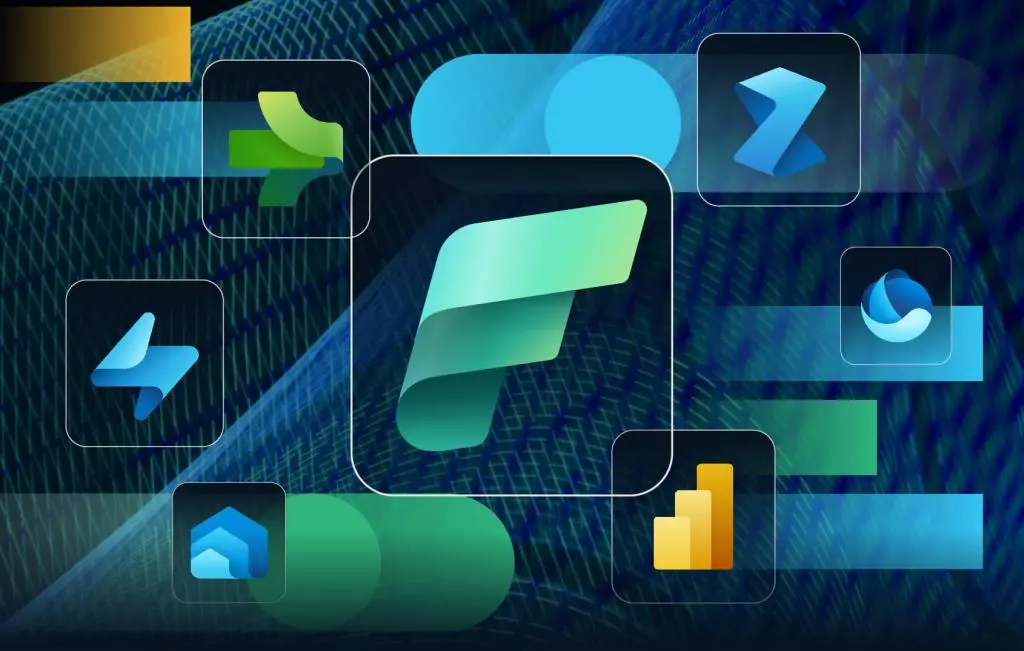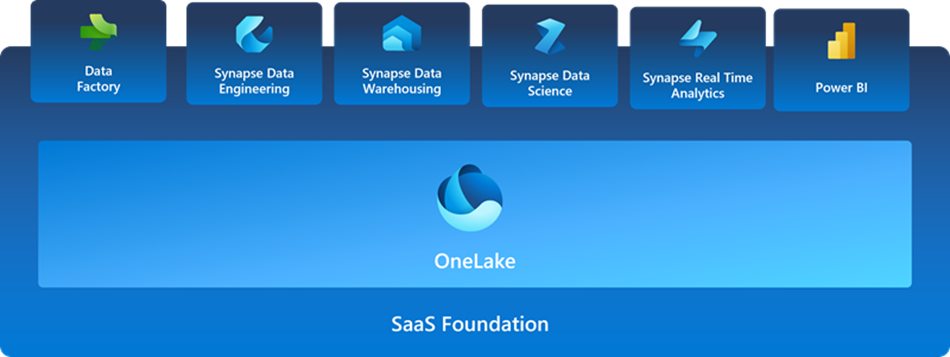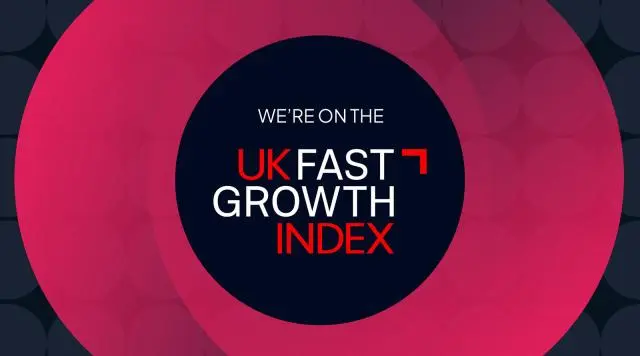Microsoft Fabric: Everything Analytics Teams Need to Know
Wed, December 13, 2023- by Paul Saxton
- 3.5 minute read

Microsoft Fabric: Everything Analytics Teams Need to Know
Microsoft has launched Microsoft Fabric, its new comprehensive analytics offering that brings together several core products into a single unified data platform.
In this article, we discuss what’s new with Microsoft Fabric, the benefits of this new platform, and what, despite those benefits, you need to consider before migrating.
What is Microsoft Fabric?
Microsoft Fabric is the company’s new end-to-end data and analytics platform. It brings together multiple, previously separate applications like Power BI, Azure Synapse and Azure Data Factory under one roof — allowing teams to centrally manage their entire analytics capabilities and freeing them of the need to integrate multiple tools, manage multiple workloads or juggle multiple subscriptions.
Fabric handles everything from ingestion to visualisation through the following component experiences:
- Data Engineering: authoring experiences powered by the Spark platform
- Data Factory: more than 200 connectors let you connect to on-premises and in-cloud data sources
- Data Science: build, deploy, and operationalise machine learning models
- Data Warehousing: the platform is built on Microsoft’s OneLake data lake
- Real-Time Analytics: leverage observational data analytics
- Power BI: the world's leading Business Intelligence platform for data visualisation and AI-driven analytics

What’s the goal of Fabric?
Microsoft has consolidated and simplified its offering for several reasons.
The first is to improve the user experience. Because Fabric integrates several previously disparate tools, it makes things a lot easier for analytics teams to manage. They don’t have to worry about integrating one tool with another or budgeting for multiple subscriptions, Fabric allows them to quickly set up a complete analytics solution for a single, easy-to-understand price.
Fabric also brings new features and better performance. In particular, OneLake supports the open-source Delta Lake format, which means there’s no vendor lock-in and no need to move data once it’s stored. The platform is also infused with Azure OpenAI Service, enabling developers to use the power of generative AI against data. The platform also comes with Microsoft Copilot, which assists users in creating data pipelines using conversational language.
Microsoft is also trying to help customers reduce costs. Using multiple tools from multiple vendors usually results in a lot of waste. But Fabric’s all-inclusive offering means you only need to pay for a single subscription to power all of your workloads. This should result in a significant cost reduction for customers who can do away with several tools and just leverage the Fabric platform instead.
Finally, Fabric is also a way to incentivise users to adopt more of its tools. While companies may have used Azure Data Factory or Power BI in isolation before, they are much more likely to use all of Microsoft’s analytics tools now they are integrated into one platform.
How to migrate to Fabric
If you are looking to simplify your data analytics landscape using an all-in-one SaaS solution like Microsoft Fabric, you can start to migrate to the platform immediately. Microsoft offers a free licence that lets you try Fabric’s features for 60 days and migrate any of the workloads covered by Fabric that you may already have elsewhere (including Power BI, Data Factory and Synapse).
This trial gives you access to all of Fabric’s features, OneLake storage up to 1 TB, 64 capacity units (CU), and the ability to create and share Fabric workspaces. You can learn more about it here.
You don’t have to upgrade immediately, however. Some features are still maturing, and organisations with large and complex analytics solutions may wish to test the software before switching.
All of Microsoft’s existing products, including Azure Data Factory, Azure Synapse Analytics and Azure Data Explorer, will continue to work in their current form (as an enterprise-grade platform as a service solution) meaning you are free to upgrade as and when you wish.
Want an even simpler solution to your analytics? Work with 5Y
There is one way to ensure you always use the best analytics tools for your business — and that’s to work with 5Y.
At 5Y, we are committed to supporting Microsoft-recommended best practices and tools. But, at the same time, we never put our clients’ analytics and integration capabilities at risk. That’s why we undertake a rigorous testing and validation process every time Microsoft upgrades or repackages its offering — and we only upgrade or migrate systems when we are certain doing so will not cause any disruption.
This is all covered under the 5Y Unified Data Platform subscription fee and means our clients never have to invest time or resources into testing these kinds of updates. You focus on running analytics workloads, we’ll make sure you have access to the best tools possible.
Please reach out to a friendly member of our team today for more information on Microsoft Fabric or to discuss how the 5Y Unified Data platform can help unlock your organisation’s potential.

 Saudi Arabia
Saudi Arabia




